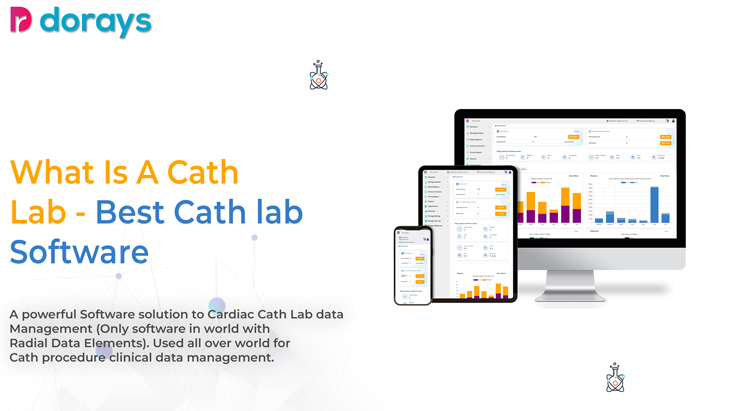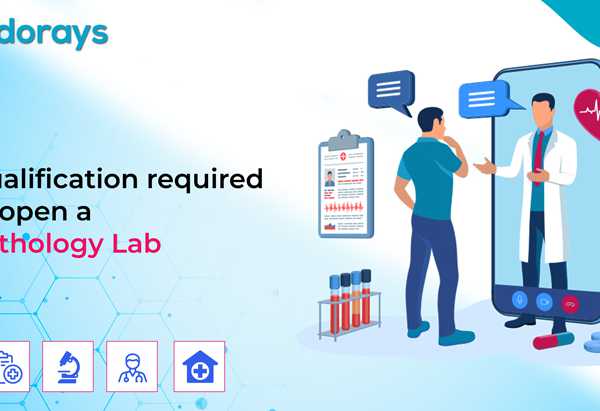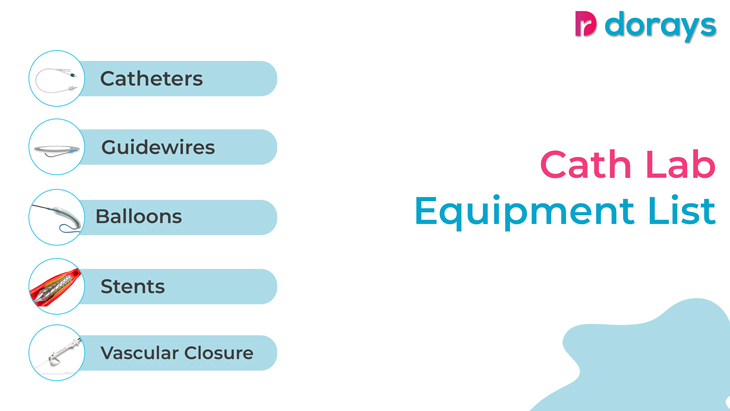Cath labs are often used to minimally treat people with heart conditions without resorting to major surgeries or other invasive processes. It is an examination room in a hospital, diagnostic centre or clinic where several tests and procedures are performed.
Your health professional may advise a test or treatment in the cath lab if they want to better understand the state of your heart. In this blog, let’s check out in detail what is a cath lab.

What is a Cath Lab?
The Cardiac Catheterization Lab is a state-of-the-art diagnostic room equipped with many tools that can assist the technician in visualising the structure and condition of the arteries and the heart’s chambers to identify the presence (and extent) of any abnormality.
The tests conducted in a cath lab involve small, flexible tubes called catheters which is where the name is derived from. These catheters can be utilised as an alternative to surgery to access the blood vessels and heart.
However, a cath lab is different from an operation theatre. Heart surgeries are performed in an operation theatre under general anaesthesia. In contrast, the patients in a cath lab might be conscious and not be under general anaesthesia while conducting the processes.
Why would healthcare professionals send a person to a cath lab?
Cath labs are an essential part of treating heart conditions. A doctor can send a patient to a cath lab to diagnose and treat coronary artery disease, chest pain, heart attacks, congestive heart failure, pulmonary hypertension, pulmonary embolisms, peripheral (limb) vascular disease, etc.
Inside the cath lab, interventional cardiologists collaborate with a group of nurses, procedural X-ray technicians and other support workers to quickly evaluate cardiovascular conditions and treat blockages and other issues in the arteries.
Common cath lab procedures include
Cardiac coronary angiogram: This procedure analyses the blood vessels supplying the heart utilising catheters and X-ray dye.
Coronary stent placement: A method in which small metal scaffolds are positioned within a blocked coronary artery to keep an artery open.
Right heart catheterisation: A process in which clinicians evaluate blood flow and pressure filling in the right side of your heart
Peripheral angiogram: A process that assesses blood flow through arteries in the upper and lower extremities, like a coronary angiogram.
Valve replacement: This minimally invasive step is conducted to transplant an artificial valve in your heart to replace a narrowed heart valve.
How to get ready for the test?
You’ll have to make your provider aware of any medications you’re taking and any allergies you have. Some medicines may need to be stopped one week before the procedure.
Your provider will inform you how long before your process you should stop eating and drinking. Usually, you’ll have to stop eating and drinking six to eight hours before your heart catheterisation. Also, arrange for someone from your family or friends to provide transportation to and from the clinic on the day of the procedure.
How does Cath Labs software help?
Cath Lab software empowers healthcare facilities to provide better care with the assistance of technology. By integrating with the software, you can leverage digital transformation’s benefits and enhance process efficiency across the board. Additionally, it streamlines administrative and patient care procedures, resulting in unmatched productivity.
Final thoughts
Ideally, a healthcare visit to the cardiac catheterisation lab, or cath lab, will assist in avoiding more invasive or expensive treatments. The minimally invasive technique used mainly in the cath lab can give doctors a lot of new data on treating existing heart issues and preventing new ones from forming.




Leave a Comment